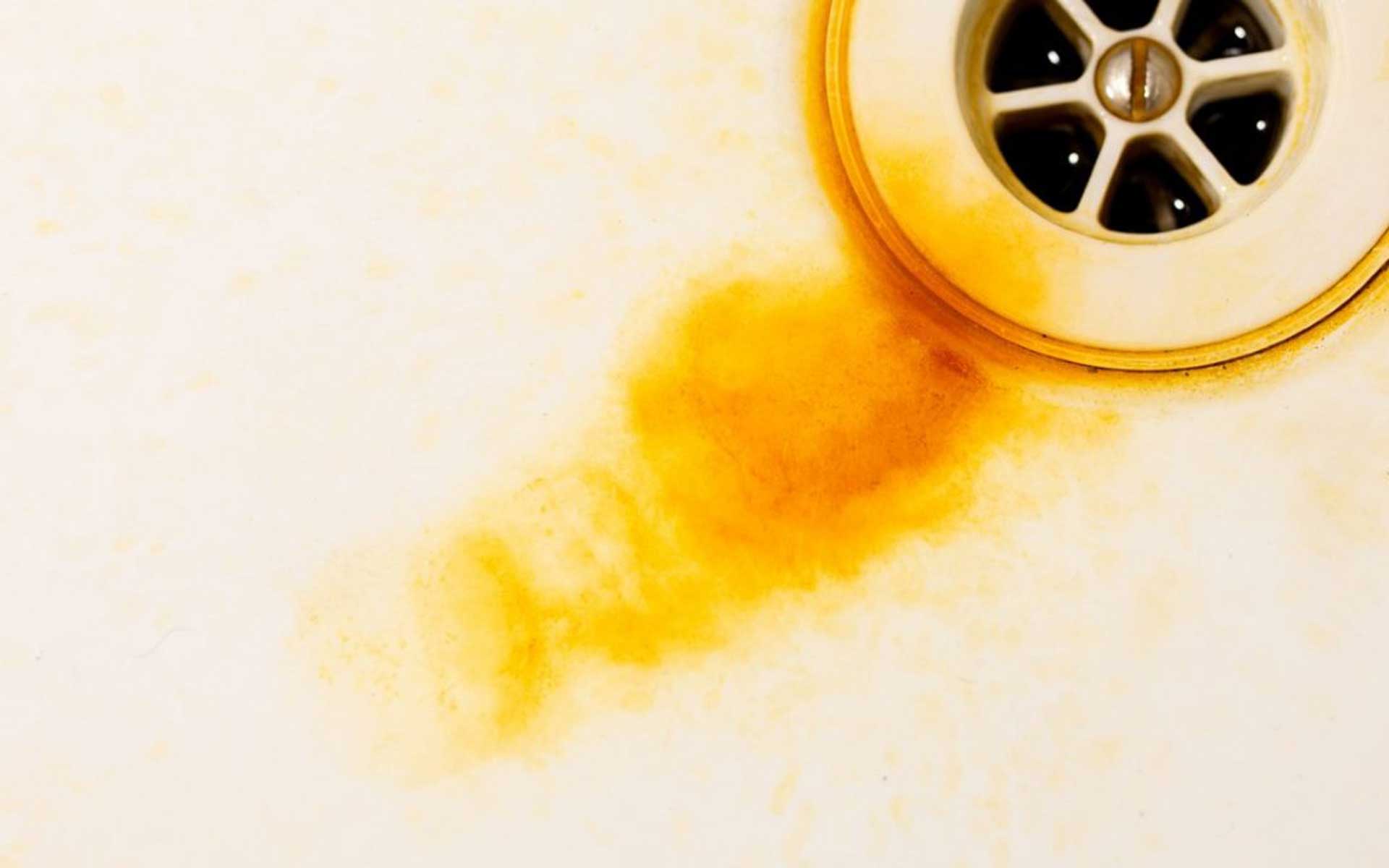Wondering why your water is suddenly tinged reddish-brown?
You might want to call The Avengers. Because – chances are – it’s iron, man.
All kidding aside, iron is one of the most common contaminants found in water. When rainwater falls and passes through soil, it can dissolve the iron that exists in abundance in the earth. That iron then finds its ways into streams and aquifers – and, ultimately, into your home.
Iron concentrations as low as 0.3 mg/L can lead to brown, orange, or red-stained water. These stains may be present in your tub, toilet, or sink. While not particularly dangerous to drink or bathe in, iron can lend a nasty, metallic aftertaste to drinking water and even yellow your laundry over time.
There are two main classifications of iron in water.
- Clear iron water: Your tap water initially flows clear, but if allowed to sit, causes discoloration in your bathtub or sink.
- Red iron water: Water that has already oxidized and exits the tap with a red tint.
When iron is exposed to oxygen it forms iron-oxide, which causes the nasty red, brown, and rusty discoloration on and around your fixtures and basins. The prevailing rule of thumb? The longer the exposure, the darker the discoloration.
Occasionally, in cases where water flow is diminished, iron bacteria will also feed on the iron present in your water and cause an odorous reddish slime that coats your fixtures and gums up your plumbing.
Before you start scrubbing, however, reconsider. Your best course of action when it comes to water stains of any kind will always be to contact a professional water service provider. A professional contractor will be able to assess the situation and offer service options, such as:
- Water softeners
- Multi-media
- Greensand
- Ozone producing oxidation units
While iron is the usual suspect for red-stained water, hard water can also lead to unsightly issues. Hard water causes chalky white, red, brown, and black stains. Like iron concerns, it is often treated with water softeners.
Acid, too, can cause corrosion in copper pipes, leading to blue and green tints and discoloration, and a bitter, metallic taste in tap water. If this is the case, Acid neutralizers with calcium carbonate, soda ash (sodium carbonate), or caustic (sodium hydroxide) are the most common treatments.
If you are experiencing worrisome water discoloration in your home, Easterday-Wilson Water Services can help. We treat myriad water quality problems and eliminate common water contaminants on a daily basis. Call us at 301-831-5170 for additional information and schedule your free water evaluation today.


